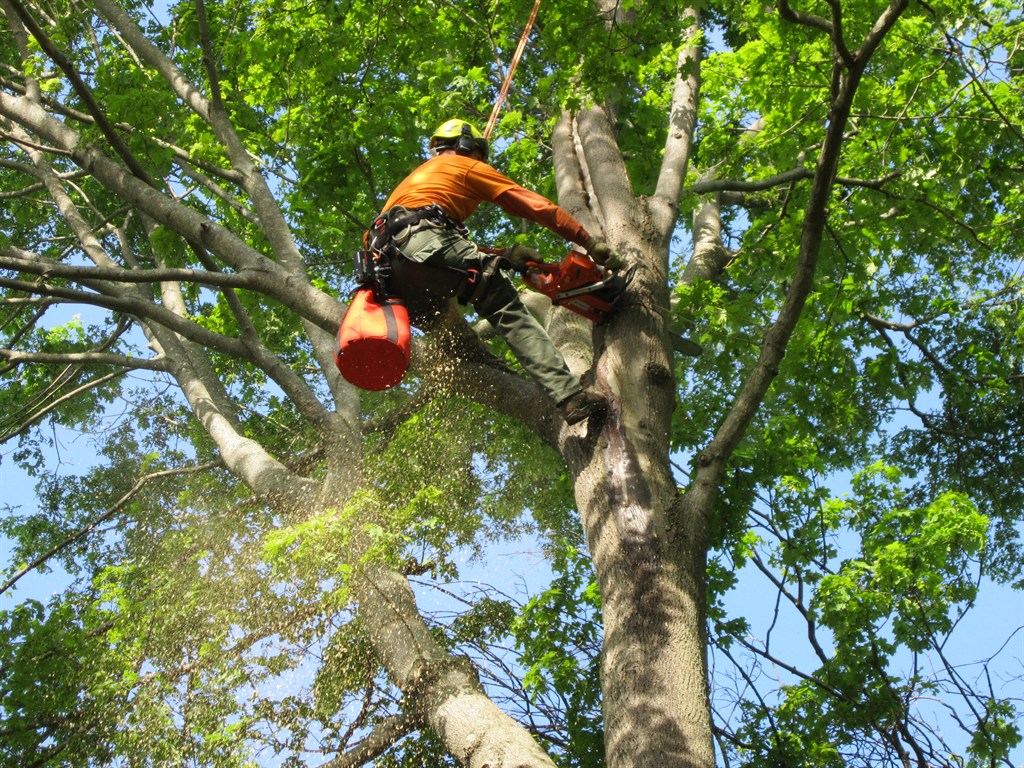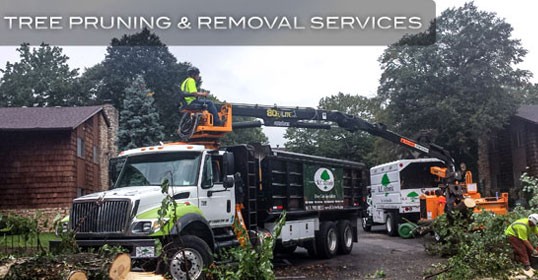Understanding the Value of Tree Preservation and Conservation Practices in Urban Areas
In the bustling landscape of city environments, trees frequently stand as silent guardians, offering a wide variety of advantages that prolong far beyond their aesthetic allure. As we explore the interwoven material of environmental, social, and financial advantages that city trees use, it ends up being obvious that their preservation is pivotal for the well-being of future and present generations.
Ecological Advantages of Trees in Cities
Trees in metropolitan locations play a critical function in offering numerous environmental advantages, adding to the total health of city slicker. One considerable benefit is the improvement of air quality. Trees work as all-natural filters, taking in contaminants such as carbon monoxide gas, sulfur dioxide, and nitrogen dioxide, and launching oxygen into the atmosphere. This process helps reduce the focus of unsafe gases, making the air cleanser and healthier for locals.

Furthermore, trees add to water monitoring by decreasing stormwater runoff and soil disintegration. Their root systems take in excess water, stopping flooding and filtering system pollutants prior to they get to water bodies. This all-natural procedure assists maintain water high quality and safeguards aquatic ecological communities in metropolitan locations. Generally, the ecological advantages of trees in cities are essential for developing sustainable and comfortable city atmospheres.
Social Significance of Urban Tree Conservation
In contemporary urban landscapes, the conservation of trees holds significant social relevance for promoting neighborhood wellness and improving quality of life. Urban tree conservation plays an essential duty in developing areas for social communication and neighborhood engagement.

Economic Value of Tree Conservation
The conservation and preservation of urban trees offer substantial economic benefits that contribute to the total financial well-being of cities and communities. Urban trees offer a large variety of economic advantages that favorably impact neighborhood economic climates.
Furthermore, trees play an essential function in minimizing stormwater runoff and minimizing the effects of flooding, which can cause cost savings for cities in terms of framework upkeep and repair work. Urban trees also contribute to boosted air high quality by launching and soaking up contaminants oxygen, leading to possible financial savings in health care expenses related to breathing diseases. By investing these details and identifying in the financial worth of tree preservation, cities can promote sustainable development, improve high quality of life, and create more resistant metropolitan environments.
Techniques for Sustainable Urban Tree Management
A comprehensive strategy to lasting city tree monitoring entails incorporating diverse methods that focus on long-term environmental wellness and neighborhood health. Executing tree stocks and assessments is important to recognize metropolitan tree populaces, their health and wellness, and maintenance needs.
Area involvement plays an essential role in lasting metropolitan tree management. Enlightening locals concerning the advantages of trees, organizing tree planting events, and entailing volunteers in tree treatment tasks cultivates a sense of possession and stewardship. Cooperation between regional government, environmental organizations, and locals is crucial to developing and executing effective tree administration strategies.
Purchasing environment-friendly infrastructure, such as city forests and eco-friendly roofing systems, can give several benefits, including boosted air top quality, stormwater management, and urban heat island mitigation. Tree service guilford ct. Incorporating trees right into city preparation and design procedures makes sure that trees are valued as crucial parts of a healthy and balanced and resilient city atmosphere
Community Participation in Tree Conservation
Neighborhood participation is an view it essential element in promoting sustainable urban tree management techniques and ensuring the long-lasting health and conservation of urban tree populaces. Engaging the area in tree conservation campaigns can result in increased awareness, gratitude, and stewardship of trees within urban locations. When locals actively take part in tree preservation, growing, and maintenance efforts, they create a feeling of possession and satisfaction in their neighborhood environment.
Neighborhood involvement likewise advertises social cohesion and cooperation among citizens, neighborhood authorities, and environmental organizations, promoting a shared duty for urban tree conservation. By arranging tree growing events, educational workshops, and volunteer possibilities, communities can interact to enhance the metropolitan tree canopy and develop greener, much healthier cities. Including homeowners in decision-making procedures concerning tree management ensures that varied viewpoints and local understanding are thought about, leading to extra reliable and lasting preservation practices. Ultimately, neighborhood participation plays a critical function in building durable and flourishing city forests for future generations to enjoy.
Conclusion
To conclude, city tree conservation and preservation practices play a crucial duty in boosting the environmental, social, and economic well-being of cities. By acknowledging the value of trees in metropolitan areas and implementing lasting management strategies, areas can enjoy the numerous advantages that trees give. It is imperative for stakeholders to actively take part in tree preservation initiatives to guarantee a greener and healthier city environment for current and future generations.
